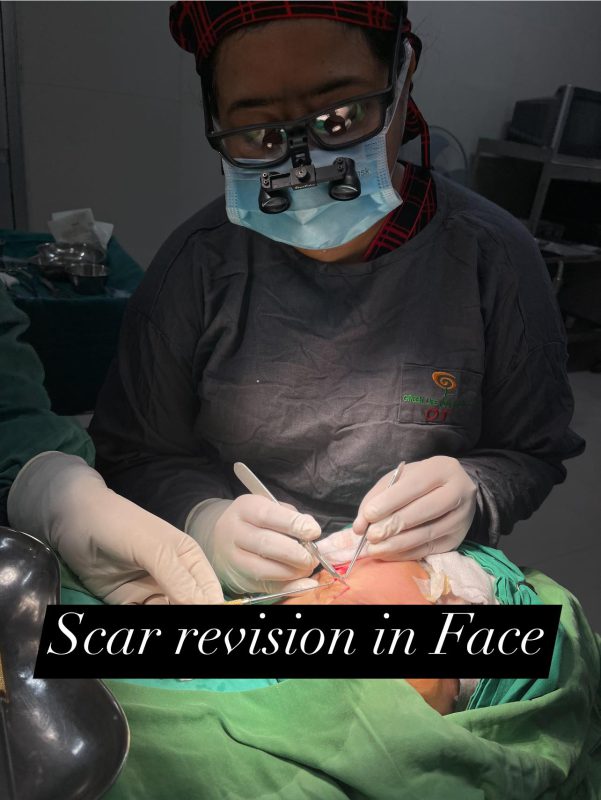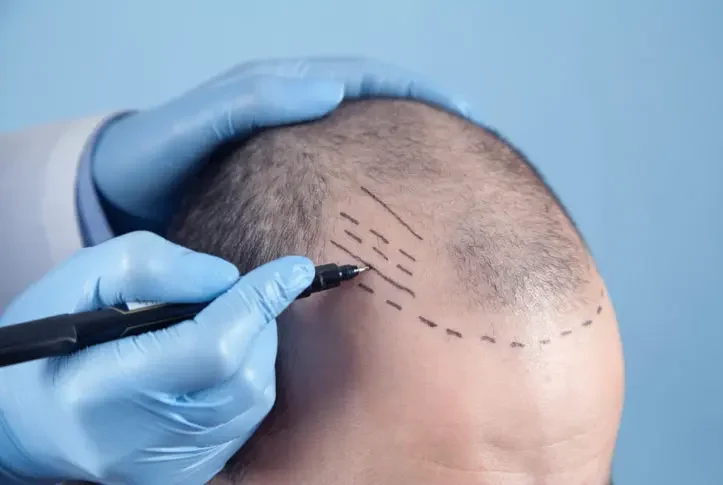Hair transplantation surgery (hair replacement surgery) is an aesthetic procedure that helps men and women suffering from baldness or thinning hair by transferring hair follicles from an area of the body with an abundance of hair to an area that is lacking hair.
Why get a hair transplantation procedure?
Hair loss, or alopecia, is a common problem that affects both men and women and can be caused by stress, diseases, certain medical treatments, and genetics. If you have permanent hair loss, including thinning hair, bald spots, or a receding hairline, hair transplantation surgery may be right for you.
Below are some of the benefits of hair transplantation:
- Get a permanent solution to hair loss
- Add volume to thinning hair
- Fill in bald spots or a receding hairline
- Reduce or eliminate the need for a hairpiece or wig
- Get you a more youthful look
- Improve your self-image and self-confidence
What should I consider before getting hair transplantation surgery?
Please consult with your aesthetic plastic surgeon for more information on what is unique to you.
- You should be in good general health.
- You should only get hair transplantation if your hair loss is permanent and cannot be treated nonsurgically. You shouldn’t get hair transplantation surgery if your hair loss is a result of medication, stress or medical treatment as your hair may grow back on its own.
- You must have an area of the body with adequate hair growth or follicles that can be used for transplantation.
- It might take months for your hair to start growing in the treated area.
- There is no guarantee that your new hair will be consistent with previous hair growth.
- This treatment may take several months to several years to achieve your desired results, and you may need multiple sessions spanning over one to two years.
What are my hair transplantation options?
There are several hair transplantation options. Your aesthetic plastic surgeon will evaluate the quality and type of hair you have and where you are losing hair, then determine how much hair to transplant and where to take the hair grafts.
Strip Harvesting
With strip harvesting, also known as follicular unit transplantation (FUT) or follicular unit strip surgery, your surgeon removes a strip of hair, generally from the back of your head, then dissects it into smaller groups to implant into the recipient sites. This is a common method that is faster than harvesting from many different locations. New and surrounding hair will cover the scar left from the removed strip.
Follicular Unit Extraction (FUE)
With follicular unit extraction (FUE), your surgeon harvests small groups of hair from a larger area around the head and then implants the extracted hair into the desired site. Because the grafts come from all around the scalp, you will have less bleeding, less postoperative discomfort, and won’t need sutures. FUE scars are scattered; however, your surgeon will need to shave or clip a large area of your hair to perform this method.
Scalp Reduction
Sometimes the surgeon will perform a scalp reduction or advancement flap surgery in addition to or as an alternative to hair transplantation. With this procedure, your surgeon removes a section of the bald scalp and pulls the hairline forward to fill in a bald spot. If more hair is needed, your surgeon may use hair transplantation or flap surgery to cover the remaining area.



